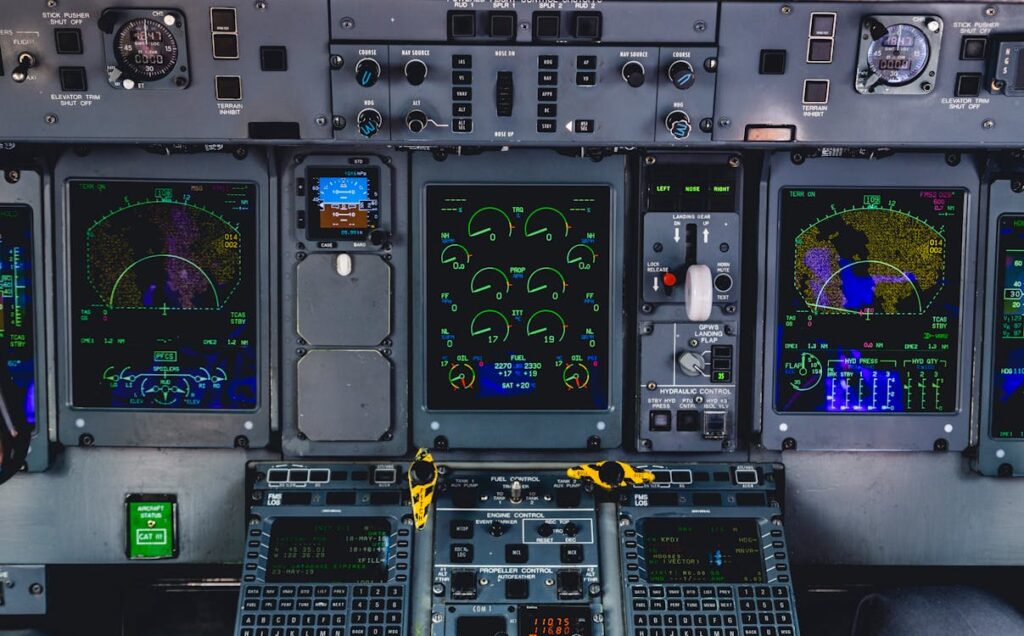Air Navigation
Building Skills. Inspiring Confidence. Elevating Careers.
4000+ Pilots Trained
World-Class Instructors
Live Online / Classroom
Air Navigation
The basic principles of Air Navigation are identical to general navigation. Which includes the process of planning, recording and controlling the movement of aircraft from one place to another.

Pilots navigate aircraft from place to place without getting lost, breaking the laws, applying to the aircraft, or endangering those on board and on the ground. It differs from the navigation of surface craft in several ways; Aircraft travel at relatively high speeds, leaving less time to calculate their position en route. Aircraft normally cannot stop in mid-air to ascertain their position at leisure. The amount of fuel an aircraft can carry has an effect on its safety. A surface vehicle, on getting lost or running out of fuel, can simply wait for rescue, but there is no in-flight rescue for most the aircraft. Additionally, collisions with obstructions are usually fatal. Therefore, constant awareness of position is critical for aircraft pilots.
The techniques used for navigation in the air will depend on whether the aircraft is flying under visual flight rules (VFR) or instrument flight rules (IFR). In the latter case, the pilot will navigate exclusively using instruments and radio navigation aids such as beacons, or as directed under radar control by air traffic control. In the former case, a pilot will largely navigate using “dead reckoning” combined with visual observations, with reference to appropriate maps. They may supplement this using radio navigation aids or satellite based positioning systems.
Parts of Air Navigation

General Navigation

Radio Navigation

Instrumentation

Mass & Balance and Performance
Your Trusted Partners in Flight Training Excellence
Our programs deliver hands-on training advanced simulation and expert mentorship to help you master every aspect of flying.
